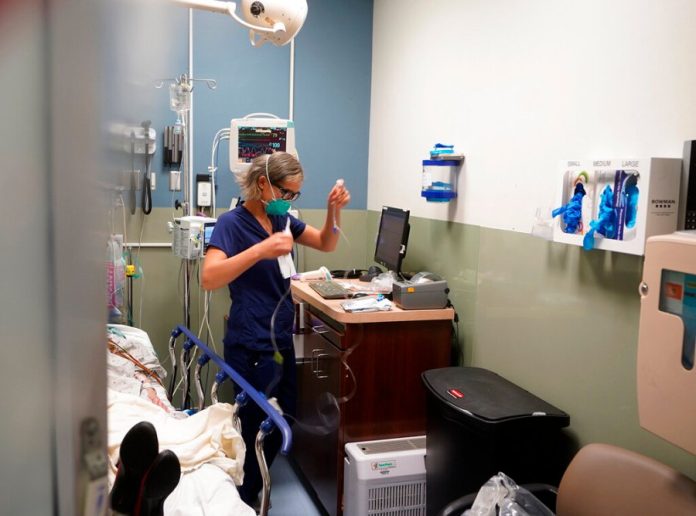
In the aftermath of Republicans’ divisive reconciliation bill, Congress has the opportunity to come together and pass bipartisan legislation to address one of the nation’s biggest problems: The broken health care system. Approximately 100 million Americans have health care debt, and one-quarter of insured families avoid care each year due to unknown costs.
The Patients Deserve Price Tags Act, recently introduced by Sens. Roger Marshall (R-Kan.) and John Hickenlooper (D-Colo.), can reverse runaway health care costs that are placing a tremendous burden on American families by empowering them to compare and save. Since 2000, hospital prices have increased by 257 percent, which explains why the growth rate in health insurance premiums has outstripped workers’ earnings by a ratio of almost 3 to 1 over this timeframe.
The Marshall-Hickenlooper bill gives employers and patients the upfront price information they need to protect themselves from overcharges and choose affordable care. It requires the publication of actual prices, including discounted cash and negotiated insurance rates, not estimates, throughout the health care system. And it requires insurers to give patients an advanced explanation of benefits —a breakdown of costs, including their out-of-pocket responsibility — before care is delivered.
I joined a letter signed by 40 leading health economists calling on senators to co-sponsor and quickly pass this crucial legislation. Economists understand actual prices are essential to functioning marketplaces that generate fair-market costs. Under the opaque status quo, consumers are essentially required to pay for care with the equivalent of a blank check, giving hospitals and health insurers tremendous market power to overcharge and profiteer.
Hidden prices result in wide cost variations for the same care, a sign of market failure. Recent research I conducted for Rice University’s Baker Center reveals that mean outpatient hospital prices in Houston vary by nearly 200 percent for the same insurer. A recent study in Health Affairs Scholar shows that colonoscopy rates can vary by seven times for those with the same health coverage.
Price transparency corrects this information asymmetry between consumers and providers, putting downward and convergent pressure on prices. It fosters competition and returns excessive health industry profits to patients, businesses, unions, school districts and workers where they belong. Redirecting funds from the health care industrial complex back to the private economy can create an enormous economic stimulus.
Employers and employees especially stand to benefit. The average employer-sponsored family health insurance plan now costs $24,000 per year, with workers bearing the majority of the cost through premium deductions and lower wages. One analysis found that about the same amount of employee compensation growth since 2000 has gone to premium costs as to paychecks.
Transparency empowers employers to steer workers to high-value care, reducing premium costs and increasing take-home pay. The Marshall-Hickenlooper bill also gives employers access to their claims data and reveals the contractual relationships of their health plan administrators, allowing them to remedy overbilling and spread pricing.
My research suggests that lowering annual premiums by just $1,373 per employee can boost the profitability of retail businesses by an average of 12.4 percent.
You don’t need to be an economist to understand that upfront prices are needed to avoid overcharges and shop for affordable care and coverage. But economists can speak to the significant impact of price transparency on business earnings, worker paychecks and economic dynamism.
Actual prices, as required by the Marshall-Hickenlooper bill, can restore affordability, accountability and trust to American health care. That’s something people of all political persuasions can support.
Vivian Ho is the James A. Baker III Institute Chair in Health Economics at Rice University.

